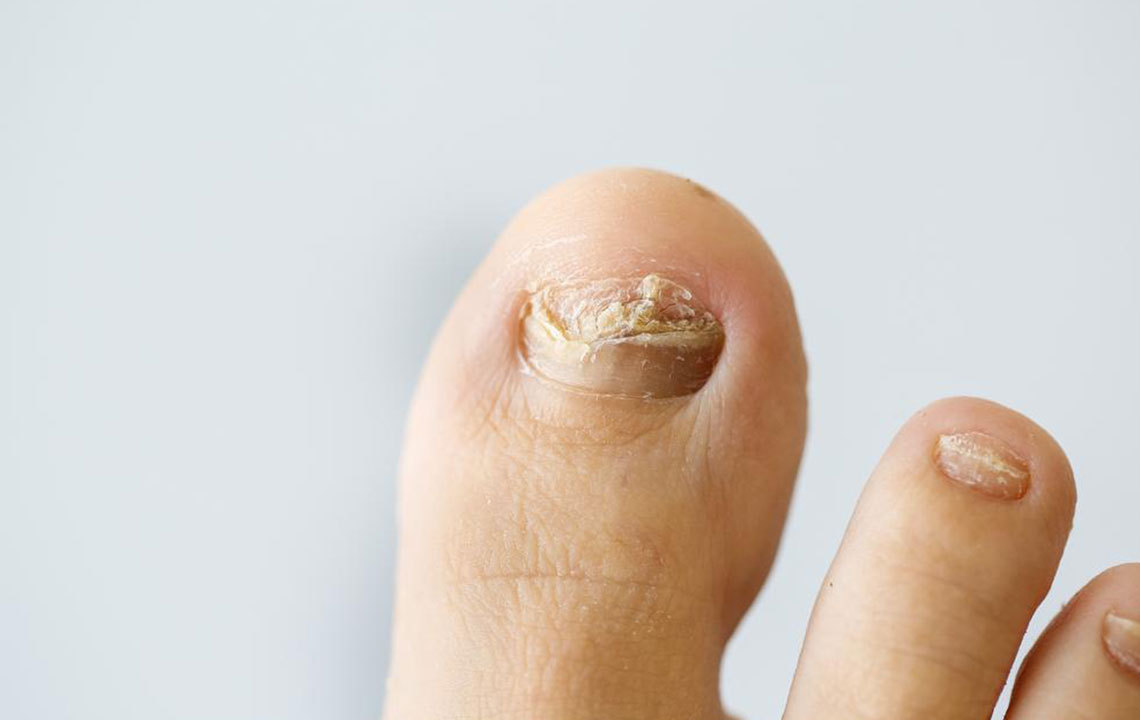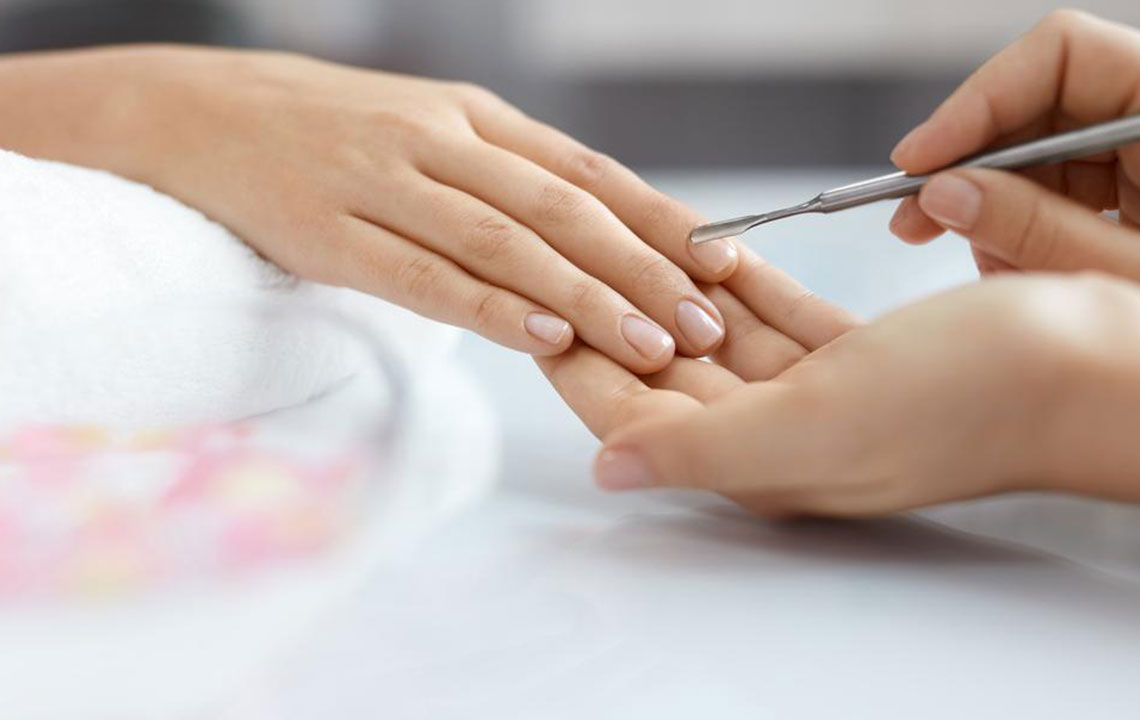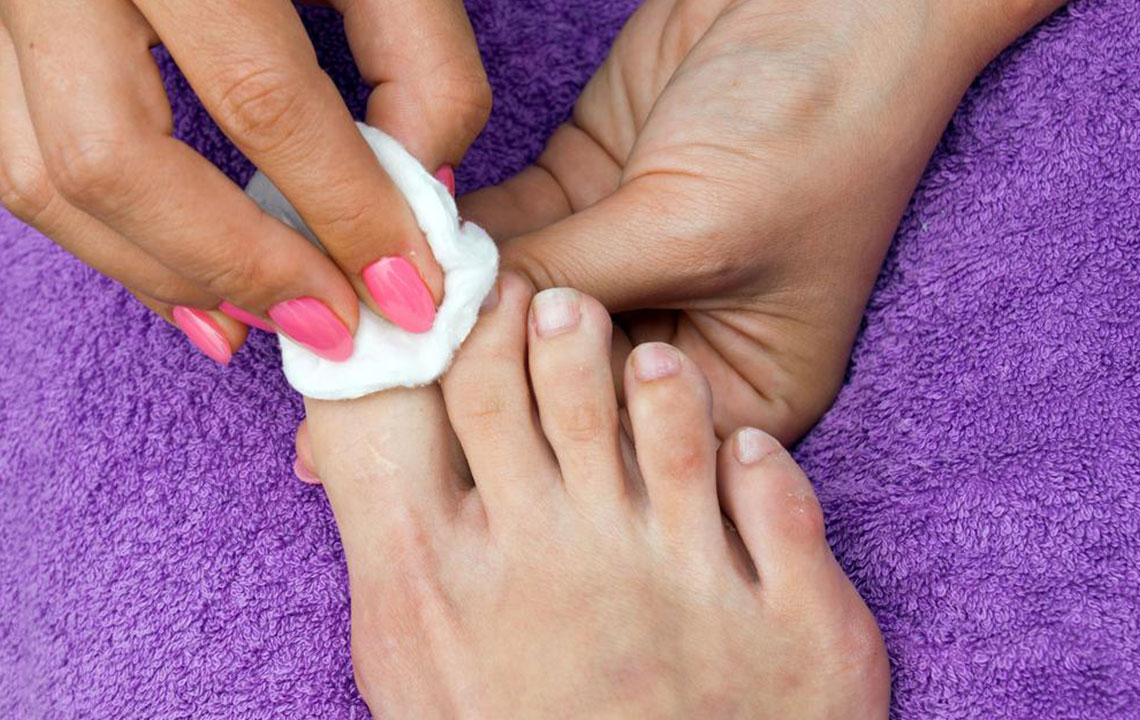Essential Tips to Prevent Common Nail Infections
Learn about common nail infections, their causes, symptoms, and prevention tips. The article covers types like DSO, Candida, WSO, and PSO, emphasizing hygiene and timely medical attention to keep your nails healthy. Stay informed to avoid discomfort and long-term issues related to fungal nail infections.

Essential Tips to Prevent Common Nail Infections
Preventing Nail Infections
Fungal infections of the nails often develop due to poor hygiene and environmental factors. Maintaining cleanliness of both yourself and your surroundings is crucial in prevention. There are four main types of nail fungal infections, mostly caused by dermatophytes. Below is an overview of the most common nail infections to be aware of.
Distal subungual onychomycosis (DSO)
It is the most prevalent form, beginning with infection of the skin beneath the nail (nail bed) and progressing within the nail itself. This causes parts of the nail to turn white or yellow.
As the infection advances, the nail may become brittle, crumble, and split. Managing DSO can be challenging and may require long-term treatment.
Candida onychomycosis
This yeast-based infection is less common but affects fingernails more often than toenails. It involves the nail and surrounding tissues, leading to separation of the nail from the nail bed. The affected skin becomes red, swollen, tender, and warm, often causing discomfort. Pain is a common symptom in this infection.
White superficial onychomycosis (WSO)
This frequently occurring fungal issue affects the top surface of the nail, creating white spots that develop into a powdery, crumbly layer on the nail surface. Fortunately, this type is relatively easy to treat.
Proximal subungual onychomycosis (PSO)
Common in immunocompromised individuals, especially those with HIV, this infection affects the area at the nail fold caused by dermatophytes. It leads to thickening and separation of the nail from the nail bed, with the nail appearing opaque and white. The skin on the top of the foot may also be involved.
Conclusion
Proper personal hygiene and routine care can help prevent these infections. If symptoms persist despite preventive measures, consult a healthcare professional promptly.










